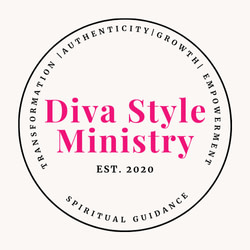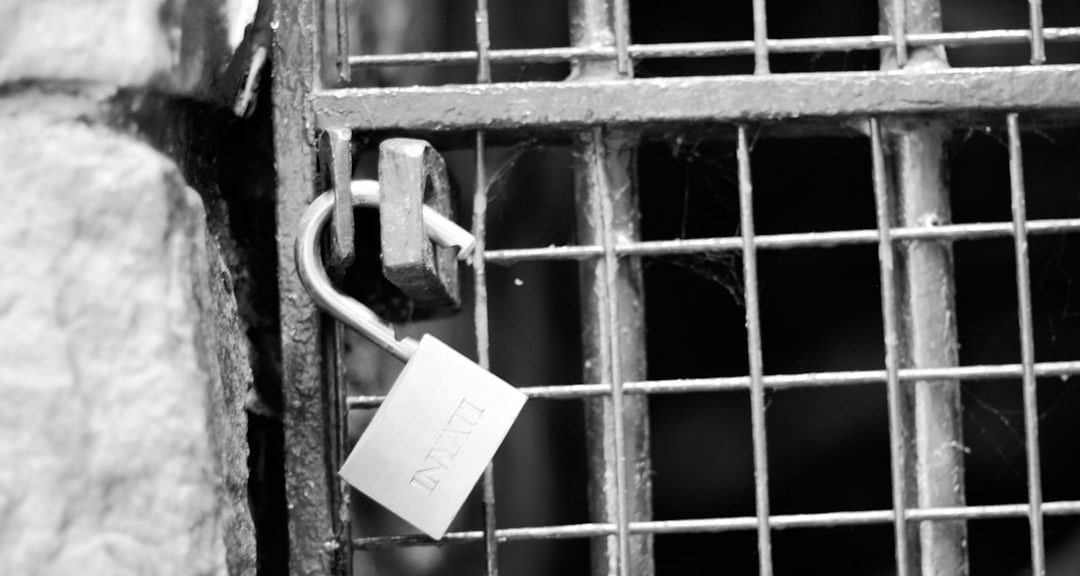Have you ever sensed that there’s more within you—a well of untapped potential, a calling to live more fully—but something keeps holding you back? Maybe it’s fear, self-doubt, or the internalized voices that whisper, “You can’t.” These are not immutable truths; they are stories we’ve absorbed and repeated until they feel real. The good news? You can rewrite those stories.
Setting intentions isn’t just about having a to-do list or manifesting a dream life. It’s a spiritual, intentional act that invites you to live from your wholeness—not your wounds. When rooted in love, equity, and the belief in your own sacred worth, setting intentions becomes a practice of liberation. It disrupts the inner narratives that say you’re not enough and replaces them with clarity, focus, and movement.
1. Recognize the Illusion of Limitation
The first step toward freedom is awareness. So many of our limitations are not rooted in fact—they’re grounded in fear. Whether it’s the belief that you’re too old to start again, not skilled enough to pursue a dream, or too busy to change course, these thoughts are simply that: thoughts. They’re not permanent truths. They’re often echoes of past experiences, old conditioning, or comparison traps.
Journaling is a powerful way to identify the roots of these beliefs. Ask yourself:
- What do I believe I can’t do right now—and why?
- Whose voice do I hear when I think that?
- What would be possible if I believed the opposite?
My Unitarian Universalist faith affirms the inherent worth and dignity of every person—including (or perhaps especially) ourselves. That means honoring our dreams and not diminishing them because of fear-based stories.
Tell that negative voice in your head to be silent – you deserve a life beyond the old limitations you were fed and convinced were your truth.
2. Set Intentions That Speak to Your Soul
Once you’ve named the limiting beliefs, you can replace them with soulful, actionable intentions. Intentions are different from goals. Goals are external and measurable; intentions are inward and heart-led. For example:
- A goal might be “write a book.”
- An intention might be to “express my truth authentically and courageously through writing.”
When you set intentions aligned with your values—such as transformation, interdependence, or justice—you root yourself in a purpose that transcends fear. Your actions become an offering, not a performance.
Start small. If your inner critic resists big declarations, begin with a micro-intention like: “Today, I will speak kindly to myself.” Intentions layered in compassion build momentum and self-trust over time.
3. Focus on What You’re Moving Toward
So often, we unconsciously focus on what we want to avoid: “I don’t want to fail,” “I can’t mess this up,” or “I just don’t want to feel stuck anymore.” While it’s human to fear failure or discomfort, this mindset keeps us anchored to our limitations.
Instead, ask yourself:
- What would it feel like to succeed?
- What joy is waiting for me on the other side of this discomfort?
- What am I willing to believe about myself today?
Focusing on positive outcomes not only boosts your motivation but rewires your mind to notice progress, not just problems. Visualize your success, feel it in your body, and trust that it is already unfolding.
4. Anchor Intentions With Action
Intentions without action become daydreams. Action doesn’t have to be grand or public—it simply needs to be consistent. One small action taken each day in alignment with your intention is more powerful than a burst of inspiration that fizzles out.
Create rituals to keep you connected. Light a candle when you write. Pause midday to revisit your intention. Speak affirmations aloud to root them in your consciousness. These sacred rhythms remind you that transformation happens not in one big leap, but in a thousand small, soul-led steps.
5. Let Your Actions Reflect Your Freedom
When you begin taking intentional action, the grip of your perceived limitations begins to loosen. You move from questioning your worth to honoring it. You replace doubt with devotion—to yourself, to your calling, to the greater good.
Every intentional act becomes a testament to your belief that transformation is possible—and already underway.
So take a breath. Ground yourself in your values. Set your intentions not just to escape your limitations, but to embrace your power. You are not behind. You are not too late. You are exactly where you need to be to begin.
Related Reads:
Elevate Your Mindset & Confidence
Keep going! These insightful reads will help deepen self-awareness, build confidence,
and inspire you as you progress toward your best, most authentic self.






